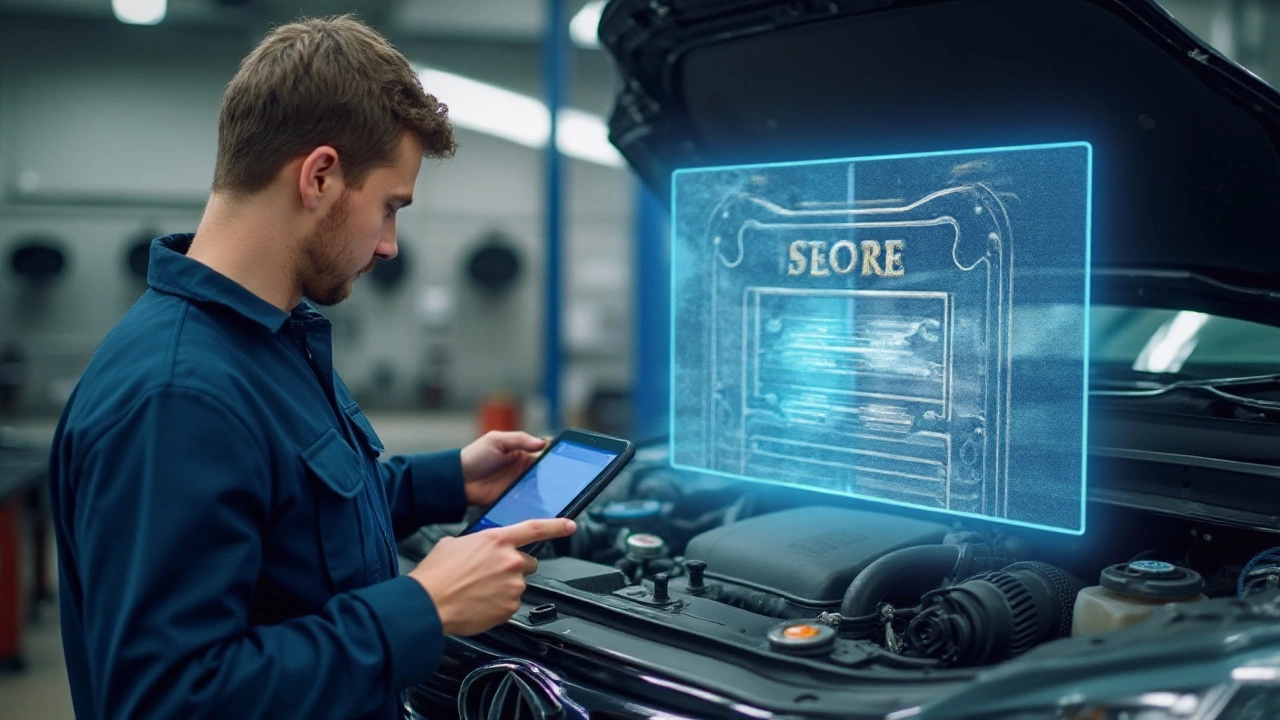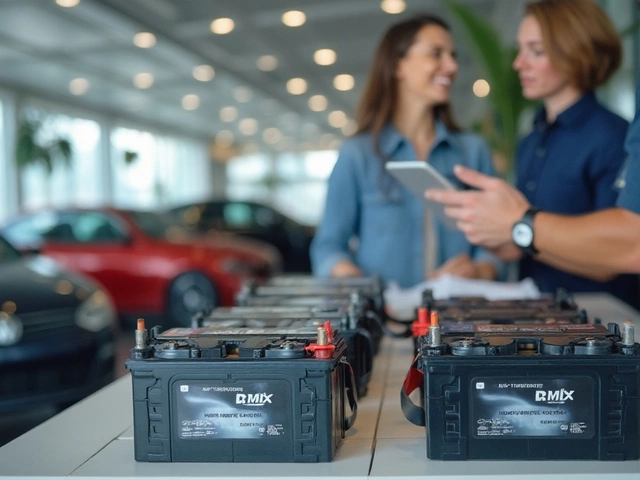Radiator Upgrade: How to Get Better Cooling and Longer Life
Ever notice your engine getting hot after a short drive? That’s a sign the radiator isn’t doing its job. Upgrading the radiator can drop engine temps, improve performance, and save you money on future repairs.
Why Upgrade Your Radiator?
Most stock radiators are built for average conditions. If you tow heavy loads, drive in the heat, or run a performance engine, the factory unit may struggle. A bigger core, better fin design, or upgraded coolant channels moves heat faster. The result? Less overheating, smoother power delivery, and a cooler cabin.
Another reason to upgrade is durability. Aluminum radiators resist rust better than copper‑brass combos, and many aftermarket units come with reinforced tanks that survive road debris. If you’ve seen corrosion or leaks, a fresh radiator can stop those problems before they spread to the water pump or thermostat.
Choosing the Right Radiator
Start by checking your car’s make, model, and engine size. Most parts databases list compatible radiators, and a quick call to a local shop can confirm fit. Look for these key specs:
- Core size: Larger cores hold more coolant and have more surface area for heat exchange.
- Material: Aluminum is light and resistant to rust; copper‑brass offers strong durability but can corrode.
- Tank design: Dual‑pass or triple‑pass designs push coolant through the core multiple times, improving cooling efficiency.
- Coolant flow rate: Higher flow improves heat removal but may need a stronger water pump.
Price varies widely. A basic aluminum upgrade can cost £80‑£120, while high‑performance units with larger cores may reach £250 or more. Factor in labor if you’re not doing it yourself – most garages charge £100‑£150 for installation.
Don’t forget the coolant. When you swap radiators, flush the old fluid and refill with the type recommended by the radiator maker. Using the right mix (usually 50/50 antifreeze and water) keeps corrosion at bay and maintains proper boiling points.
Installation is straightforward if you have basic tools. Here’s a quick rundown:
- Drain the cooling system completely. Open the radiator drain plug and let the fluid run out.
- Disconnect the upper and lower radiator hoses, the transmission cooler line (if applicable), and any sensor plugs.
- Unbolt the radiator from its mounting brackets. Support the unit with a helper to avoid dropping it.
- Remove the old radiator and compare it with the new one. Make sure all bolt holes line up.
- Place the new radiator, bolt it in place, and reconnect hoses and lines.
- Refill with fresh coolant, bleed any air pockets, and run the engine until it reaches operating temperature. Check for leaks.
Testing is key. After the install, watch the temperature gauge for a few drives. If it stays steady and you don’t see puddles under the car, the upgrade is successful.
Maintenance after the upgrade is simple: check coolant level monthly, look for signs of leaks, and replace the coolant every 2‑3 years or per the radiator’s recommendation. A quick visual inspection of the fins can catch debris that blocks airflow – a soft brush removes it safely.
Bottom line: a radiator upgrade isn’t just about cooler numbers; it’s about protecting the whole engine. With the right unit, a bit of DIY or a trusted mechanic, and regular coolant checks, you’ll drive farther, faster, and with fewer worries about overheating.
 15 March 2025
15 March 2025
Upgrading Car Radiators: Is It Worth It?
Upgrading your car radiator can be a daunting decision, especially if you're unsure about the benefits or costs involved. A new, efficient radiator might enhance your car's cooling system, prevent overheating, and even extend engine life. Uncover the facts about radiator upgrades, understand when it's truly necessary, and explore practical tips for maintaining your current system.
 15 December 2024
15 December 2024
Should You Upgrade to New Car Radiators?
Upgrading your car's radiator can significantly impact cooling efficiency and engine performance. It's essential to understand when a new radiator is necessary and what advantages it brings. This article explores the worthiness of investing in new radiators, examining signs of wear, potential benefits, and factors to consider before making a decision. By weighing long-term benefits against upfront costs, car owners can make informed choices about radiator upgrades.






0